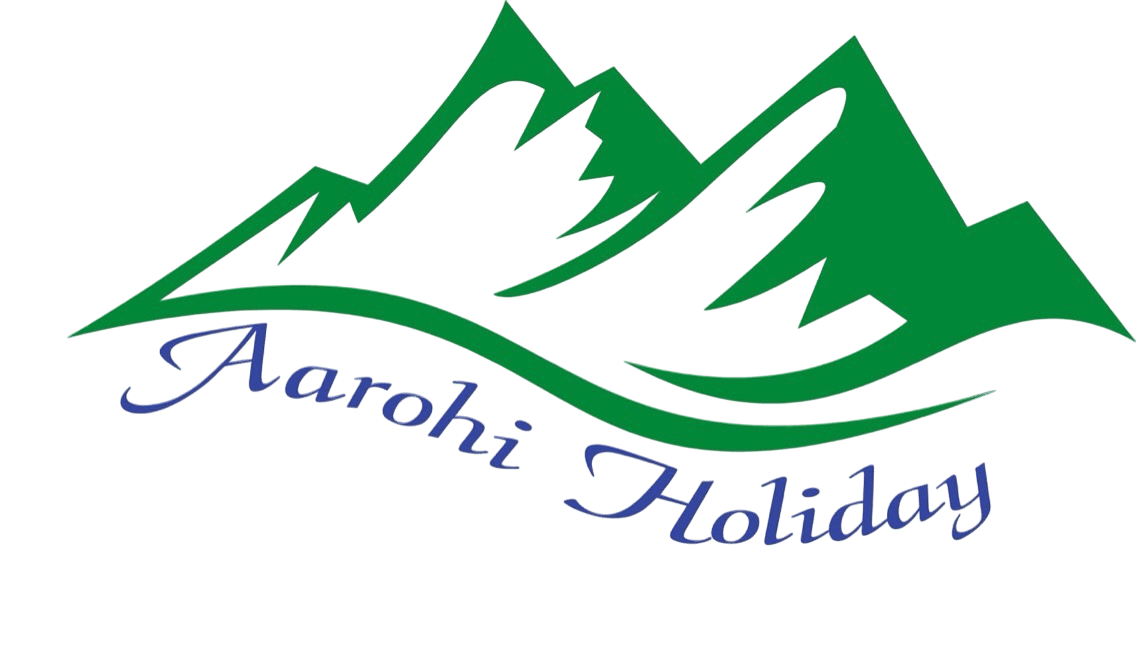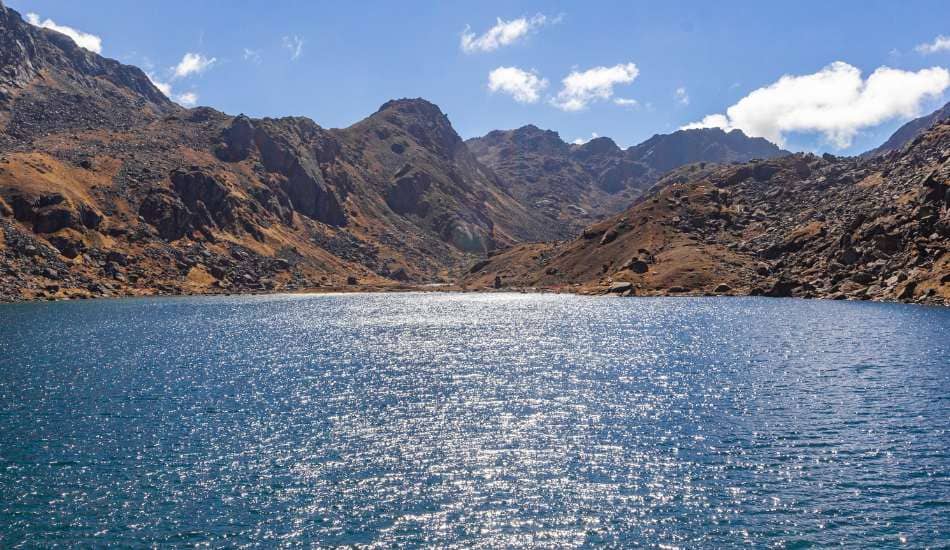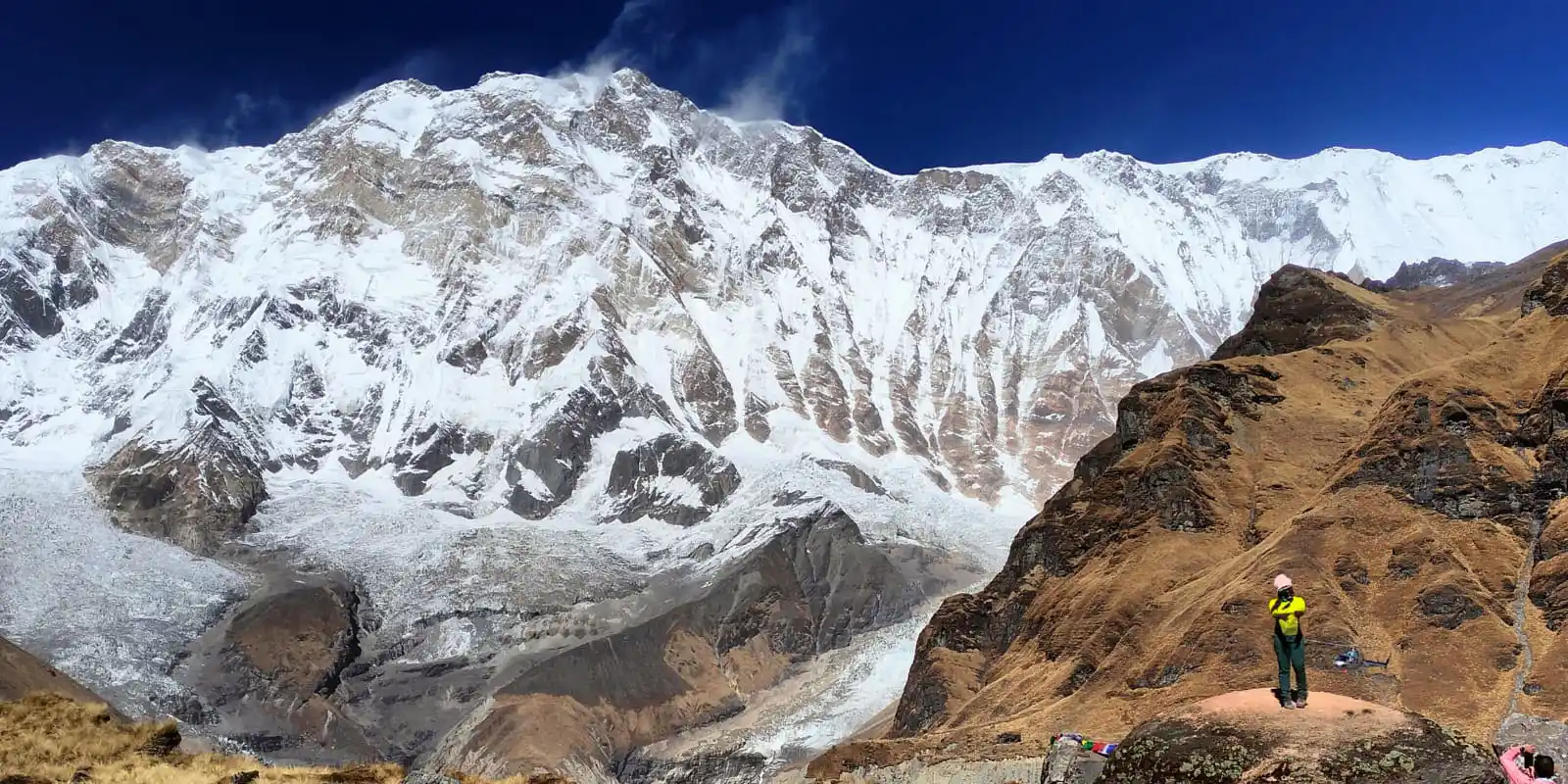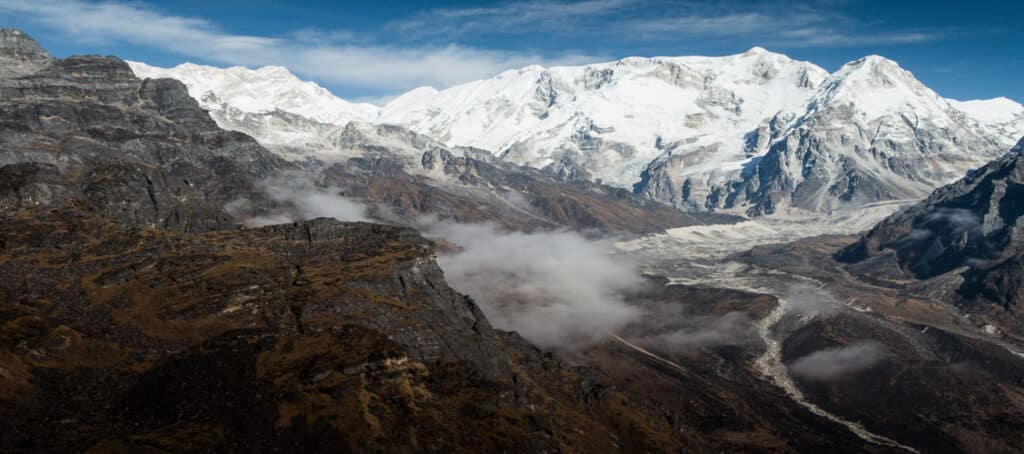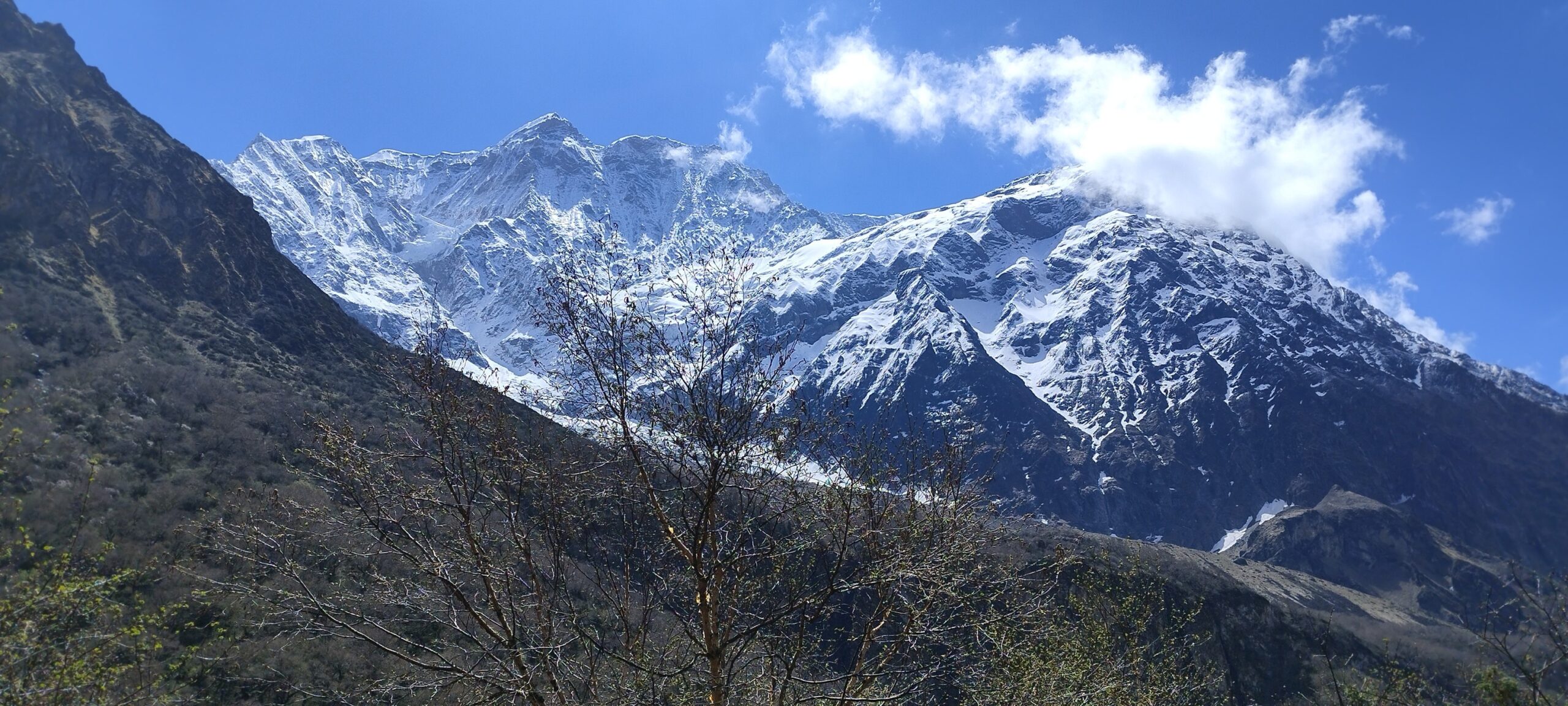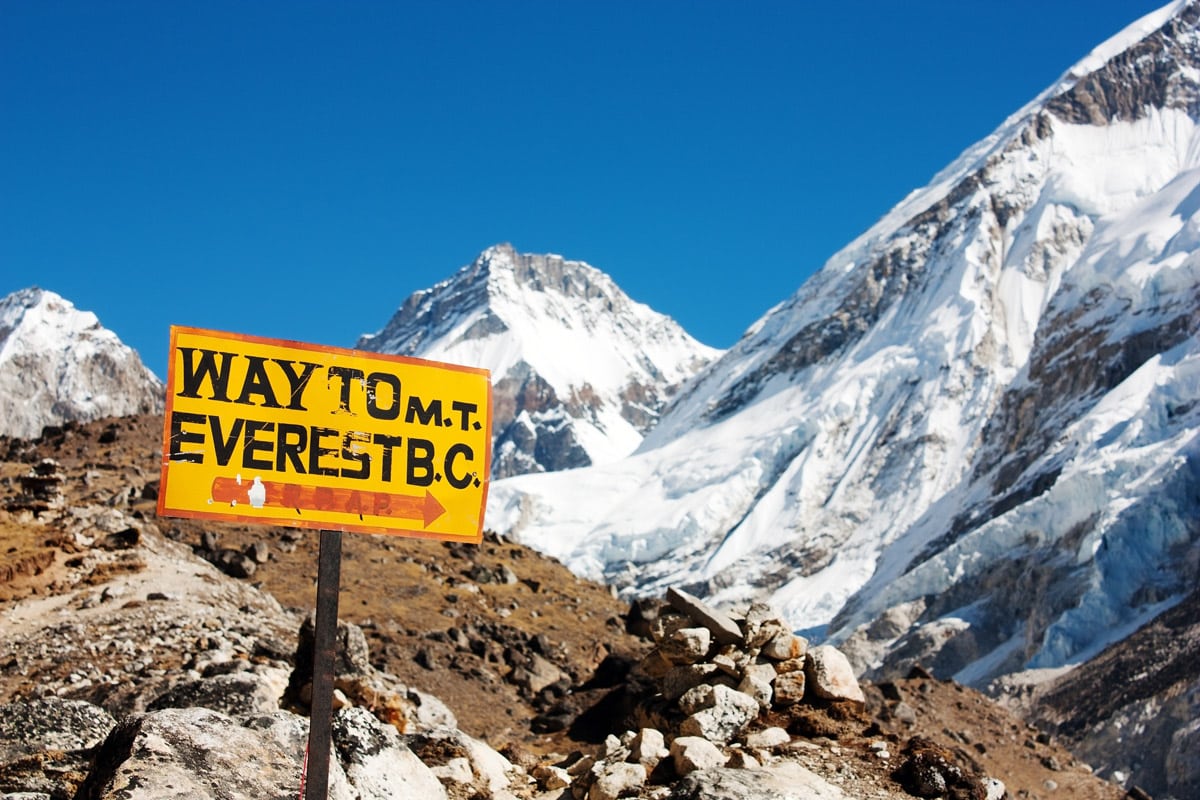US $850
Langtang Gosaikunda Trek Overview
Langtang Gosaikunda Trek at an altitude of 4600 m is a very famous holy lake for Hindus and Buddhists. This trek is filled with beautiful scenery, including forests of oak, rhododendron, and pine nestled between ancient settlements. The Langtang Gosaikunda Trek is also known as the “gorge of glaciers” due to its natural beauty and traditional charm, making it a boon for both locals and travelers. Langtang Gosaikunda Lake lies at a height of 4,000 meters above sea level.
On the Langtang Gosaikunda Trek, we will observe a large number of ethnic communities, with the main inhabitants being Tamang, Gurung, Sherpa, and other tribes. Both Hindus and Buddhists make a pilgrimage to bathe in Gosaikunda during the festival of Janai Purnima. On the Langtang Gosaikunda Lauribina Pass Trek, we offer you the chance to enjoy the eye-catching views of the hidden valley and the awesome Himalayan vistas, as well as the snow-covered mountains like Langtang Lirung, Langtang-Ri, Ganesh Himal, Langsisa Ri, and many more.
We begin our 15-day trip in Kathmandu with visits to UNESCO World Heritage sites before heading to one of the most popular trails in the Nepal Himalaya: the Langtang Gosaikunda Lake route. Aarohi Holiday will make your trip fantastic and a lifetime experience on the Langtang Gosaikunda Lauribina Pass Trek.
Route to Langtang Gosaikunda Trek
Your Langtang Gosaikunda Trek begins with a warm welcome at Tribhuvan International Airport in Kathmandu, followed by a day to explore the cultural landmarks of the Kathmandu Valley. You’ll then take a scenic drive to Syabrubesi, the starting point of your trek.
From Syabrubesi, the trail leads through dense forests and along rushing rivers to Lama Hotel, then ascends to Langtang Village, where you’ll experience the warmth of Tamang culture and spectacular mountain views. The journey continues to Kyanjin Gompa, a spiritual and scenic highlight nestled beneath the Langtang range. An acclimatization hike to Kyanjin-Ri (5,150m) offers breathtaking panoramic views.
Retracing your steps to Godatabela, you’ll then veer off towards Thulo Syabru, entering the sacred region of Gosaikunda. As you ascend, you’ll pass through serene alpine forests and monasteries until reaching the sacred glacial lakes of Gosaikunda (4,300m)—a spiritual heart of the trek.
From Gosaikunda, you’ll cross the high Lauribina La Pass (4,616m) and descend through rugged highlands to Ghopte, eventually reaching peaceful hill villages like Kutumsang and Chisopani. The final stretch takes you through lush Shivapuri National Park to Sundarijal, where a short drive returns you to Kathmandu.
This 15-day adventure blends Himalayan scenery, sacred lakes, alpine landscapes, and cultural depth—perfect for trekkers seeking a more extensive Langtang experience with spiritual highlights.
Why Choose Us for Your Langtang GosaikundaTrek
The Langtang Gosaikunda Trek offers a perfect blend of mountain scenery, Tamang culture, and sacred Himalayan lakes. It’s ideal for trekkers looking to combine natural beauty with spiritual depth. Here’s why Aarohi Holiday is the right choice for your Langtang Gosaikunda adventure:
- Expertly Crafted Itinerary:- Our itinerary is thoughtfully designed to balance adventure, altitude acclimatization, and cultural immersion—ensuring a rewarding and safe trekking experience.
- Experienced Local Guides:-We work with knowledgeable, licensed guides from the region who bring deep insight into local traditions, terrain, and safety.
- Personalized Service:-Whether you’re a solo traveler, couple, or group, we offer tailor-made trekking experiences based on your needs and fitness level.
- All-Inclusive Support:-From airport pick-up and permits to porter services and accommodations, we handle all logistics so you can focus on enjoying the trek.
- Sustainable and Responsible Travel:-We’re committed to eco-friendly practices and support local communities by employing local staff and using local lodges.
- 24/7 Assistance:-Our team is available around the clock for any support or queries, from booking until your safe return home.
Langtang GosaikundaTrek 2025/26 Group & Private Options Available
Aarohi Holiday offers both group and private trekking options for the Langtang Gosaikunda Trek, designed to suit every traveler’s preference. Join one of our fixed departure group treks (2–12 people) for a sociable, budget-friendly experience, or opt for a private trek if you prefer more flexibility, privacy, and a personalized pace. Whether you’re trekking solo, with friends, or as a couple, we’ll make sure your journey is safe, smooth, and memorable.
We’re now accepting bookings for 2025 and welcoming early reservations for 2026. Booking early not only guarantees your preferred travel dates but also gives you the freedom to customize your trip with ease. Let us help you plan your perfect Himalayan adventure—contact us today to get started!
Langtang Gosaikunda Trek Alternatives
Exploring the Langtang region and want something a little different? If you’re more interested in culture and local life, the Tamang Heritage Trail is a rewarding journey through traditional Tamang villages and untouched landscapes. For those seeking a quieter, less-traveled path, the Helambu Trek offers peaceful trails, Buddhist monasteries, and beautiful mid-hill scenery
If you’re short on time but still want to witness the magic of the Himalayas, the Gosaikunda Helicopter Tour offers a spectacular aerial view of the sacred lakes. Or, if you prefer a simpler route, the classic Langtang Valley Trek is ideal for breathtaking mountain views in a shorter itinerary. Whichever route you choose, Aarohi Holiday ensures an unforgettable trekking experience tailored to your interests.
